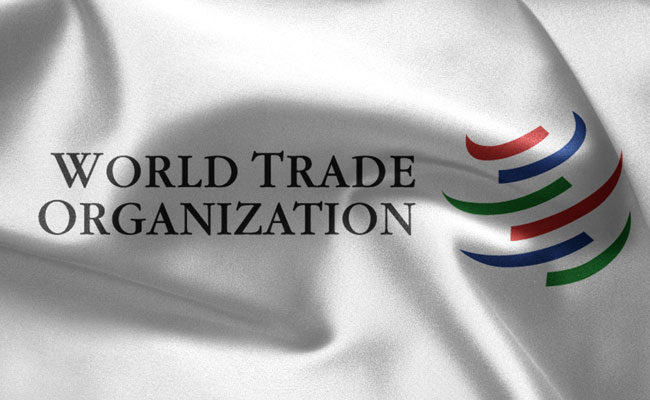
WTO sees “slight deceleration” in G20 trade restrictions
The World Trade Organisation’s (WTO) thirteenth trade monitoring report on G20 trade measures, issued on June 15, 2015, shows a slight deceleration in the application of new trade-restrictive measures by G20 economies, with the average number of such measures applied per month lower than at any time since 2013. Since mid-October 2014, 119 new trade-restrictive measures were put in place over the period — an average of 17 new measures per month. Also during this period, G-20 economies continued to adopt measures aimed at facilitating trade. The trend on these trade liberalizing measures remains stable with G-20 economies introducing some 112 new measures during the period under review — an average of 16 measures per month.
 Trade-restrictive measures (average per month) (Source: WTO Secretariat)
Trade-restrictive measures (average per month) (Source: WTO Secretariat)The report also underlines that it is not yet clear that this deceleration will continue and it calls on G20 leaders to show continued vigilance and reinforced determination towards eliminating existing trade restrictions. The longer term trend remains one of concern with the overall stock of trade-restrictive measures introduced by G-20 economies since 2008 continuing to rise. Of the 1,360 restrictions recorded by this exercise since 2008, less than a quarter have been eliminated, leaving the total number of restrictive measures still in place at 1,031. Therefore, despite the G-20 pledge to roll back any new protectionist measures the stock of these measures has risen by over 7% since the last report, said a WTO release.
 Stockpile of restrictive measures (Source: WTO Secretariat)
Stockpile of restrictive measures (Source: WTO Secretariat)The broader international economic context also supports the need for continuing vigilance and action. According to the WTO’s most recent forecast (April 14, 2015), growth in the volume of world merchandise trade should increase from 2.8% in 2014 to 3.3% in 2015 and further to 4.0% in 2016, but remaining below historical averages. While the stock of trade restrictive measures has risen, the overall response to the 2008 crisis has been more muted than expected when compared with previous crises. The multilateral trading system has proved an effective backstop against protectionism. This role in providing a stable, predictable and transparent trading environment should be kept in mind as Members prepare for the WTO’s tenth Ministerial Conference in Nairobi in December. The G-20 must continue to show leadership in eliminating remaining trade-restrictive measures and in the pursuit of further multilateral trade liberalisation, concluded WTO.
June 16, 2015 | 04:38 pm IST.





 to success.
to success.